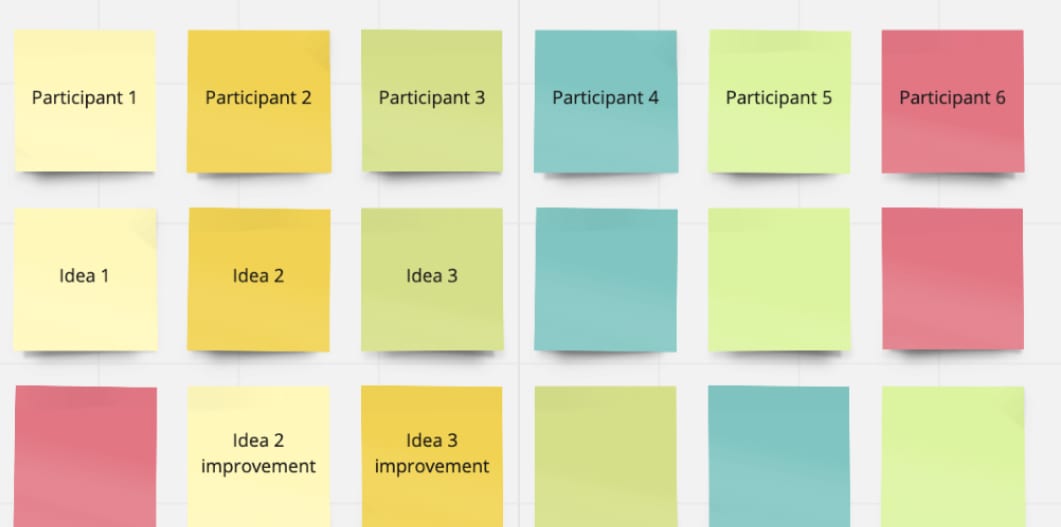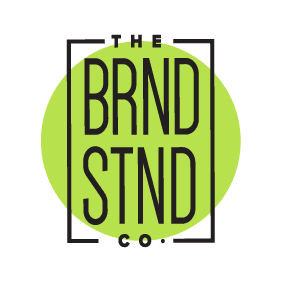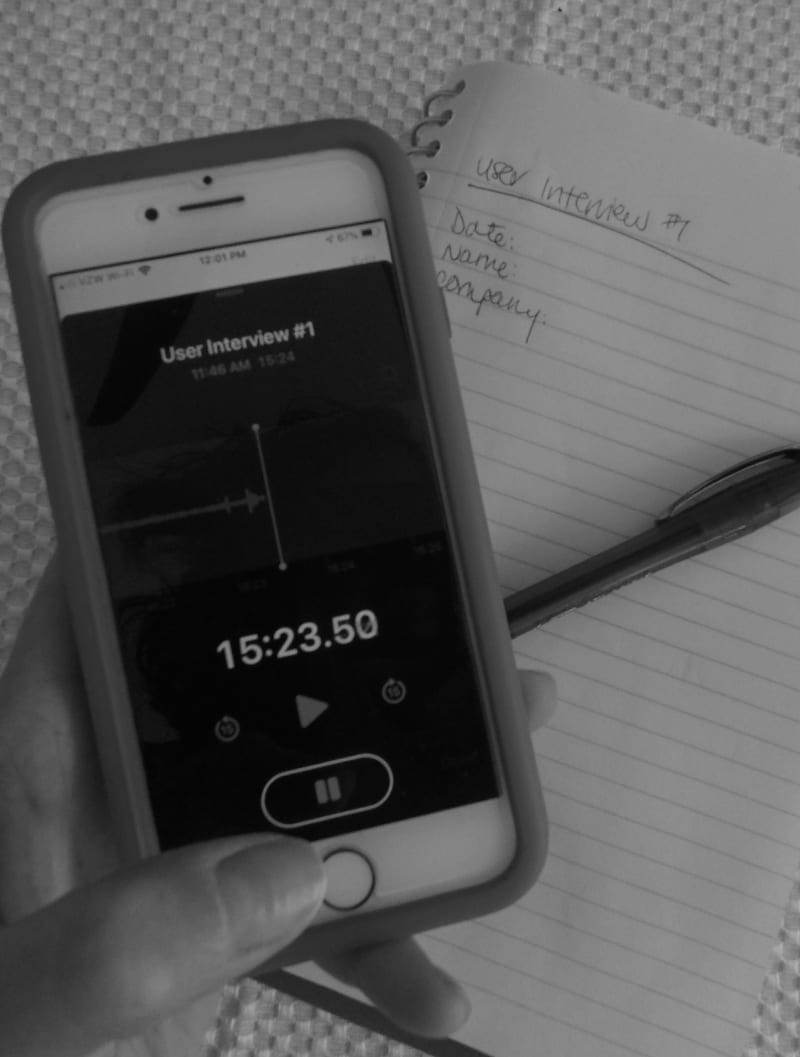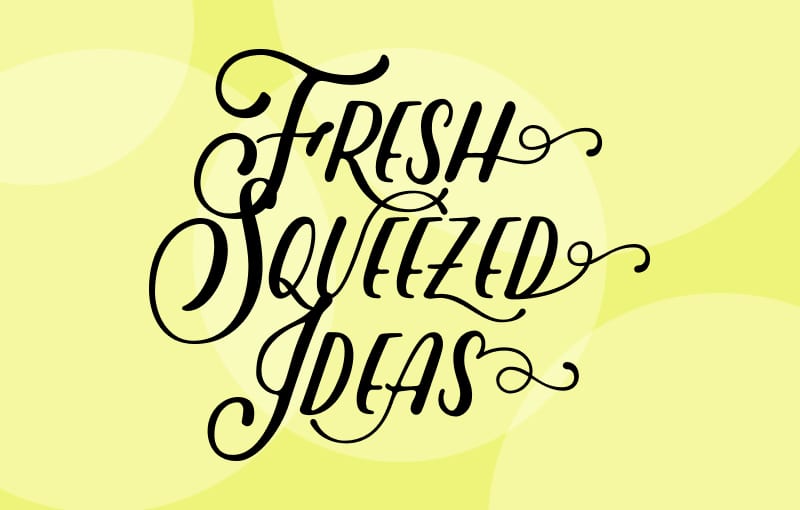Unlock The Answers To Your Design With User Interviews


Why user interviews are important, and how to conduct them effectively (even remotely)


Ahhh, your first user interview…
You’ve got your project brief. You understand the objective. You’ve identified your ideal users. And honestly, you have a pretty good idea of how this design is gonna go down.
Now, pause yourself right there.
Casting away your assumptions in pursuit of objective user feedback is one of the many practices that young designers must learn. For this article, we dive into why user interviews are so important, both before and after a design has been created. But there are already 74,087,934,950 articles on that topic already (that’s a made up number, but the point is there’s a lot). Great articles, too! But there’s one thing that we felt was missing: real-life examples.
So here’s The Brand Stand’s take on how to conduct effective user interviews with actual examples from two recent client projects to contextualize the purpose behind every step in the process:
1. Don’t make Assumptions
The first rule of user interviews is to practice empathy. Whether you learn something new or confirm your hypothesis, consider the user interview your medium for uncovering unbiased information. Take our recent experience with Clark Construction, for example. We were tasked with redesigning a product for one type of user. But in the product’s current state, it contained a variety of information for many types of users. We assumed that our user would want to see all that data because…well, more information is better, right? Upon conducting our user interviews, we learned that our intended user was very focused on answering one question very quickly. Any data that did not answer that question would have cluttered the interface at best, or distracted the user at worst. Without these user interviews, it is quite possible that we would have designed a product that this user would not have used at all, rendering all of our design work unproductive and unprofitable.

2. Come Prepared
When it comes to user interviews, consistency is key. So for each one, we come prepared with the same line of open-ended questions, as well as a few suggested follow-ups. Why? When the time comes to analyze the data (more on that below), we can easily identify trends and commonalities that ultimately will influence the design. Plus, it’s important to respect everybody’s time. With Clark, we were also interviewing senior-level management and hardworking professionals who took 20 minutes out of their day to speak with us. Yes, our work is just as important as anyone else’s, but it’s critical to recognize and respect everyone’s time by not wasting it.
3. Improvise & Iterate
You never know what kind of nuggets of wisdom you will unearth when you go rogue just a little bit and within reason. With PASSUR, an aviation analytics client, there were instances where we asked a scripted, open-ended question which then led to a relevant, insightful conversation. It was from these conversations that we were able to pull quotes and contextualize our data while presenting our findings back to the client. We also iterated on our prepared set of questions for future user interviews.
4. Synthesize
Now, here’s where consistency in your line of questioning really becomes important. Throughout our interviews, users’ responses were written in a Google Doc and recorded with the Voice Memo app. (Even though we didn’t use it in this instance, we’d highly recommend our readers to check out Otter and Reduct.video for transcribed recordings). At the end of our Clark user interviews, we organized our data from both the Google Doc and the recordings in a spreadsheet by question and by user. In doing so, we were able to identify patterns! Not only did this come in handy when the client asked to see the data behind our design decisions, but we were also able to unearth trends that informed our design choices.
5. Prime your Users
When the time comes to present or test the final design, don’t forget to prime your audience. You must give them context as to when they will use it, what they are about to see, and what they can or can’t do with the prototype. With each interview that we conducted for PASSUR, we learned from our interviewees. We adapted the introduction so that each subsequent user interview was smoother and more insightful than the last. We made sure that we provided the necessary background information, as well as a line of guided questions that kept the user focused. In doing so, we were able to collect relevant data in a short amount of time. In essence, being mindful of the power that both context and guidance can play led to a more successful user interview.
6. Actually LEVERAGE User FEEDBACK
In our work for PASSUR, we were ridiculously proud of our final prototype–and rightfully so! We’d created so much in such a short amount of time. But we went into our user interviews knowing that there was a very great probability that this would not be the final design. For example, the hero section was the shining star of our prototype. But it was also the part of our design that received the most critical feedback! So even though we’d worked so hard on it, it was back to the drawing board for our design team. Good designers leverage user feedback to create enhanced user experiences.
So what did we learn from these two experiences? Design requires patience, critical thinking skills, and most importantly, mindfulness to perform exemplary work. After enough user interviews, the process will become natural, as each step feeds into the next. It’s why we love user interviews so much!
Want to learn more about design thinking?
As important as they are, user interviews are just one piece of the design process! Here at The Brand Stand, we run the whole gamut from discovery and research to visual design and user testing. Let us know what else you want to learn about.

Follow Us
Join Us
Subscribe For More Delightful Updates, Like This.
Fresh-squeezed ideas sent straight to your inbox.
Mentioned In This Post
More Freshly-Squeezed
